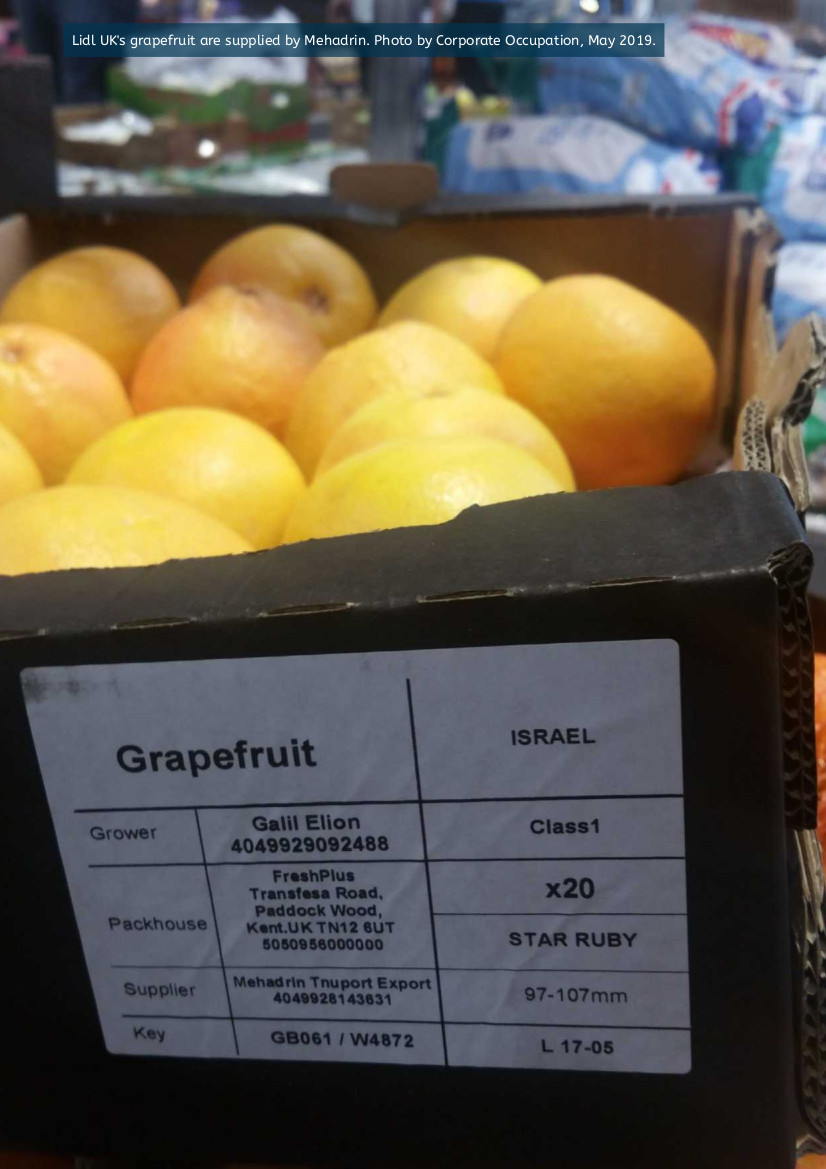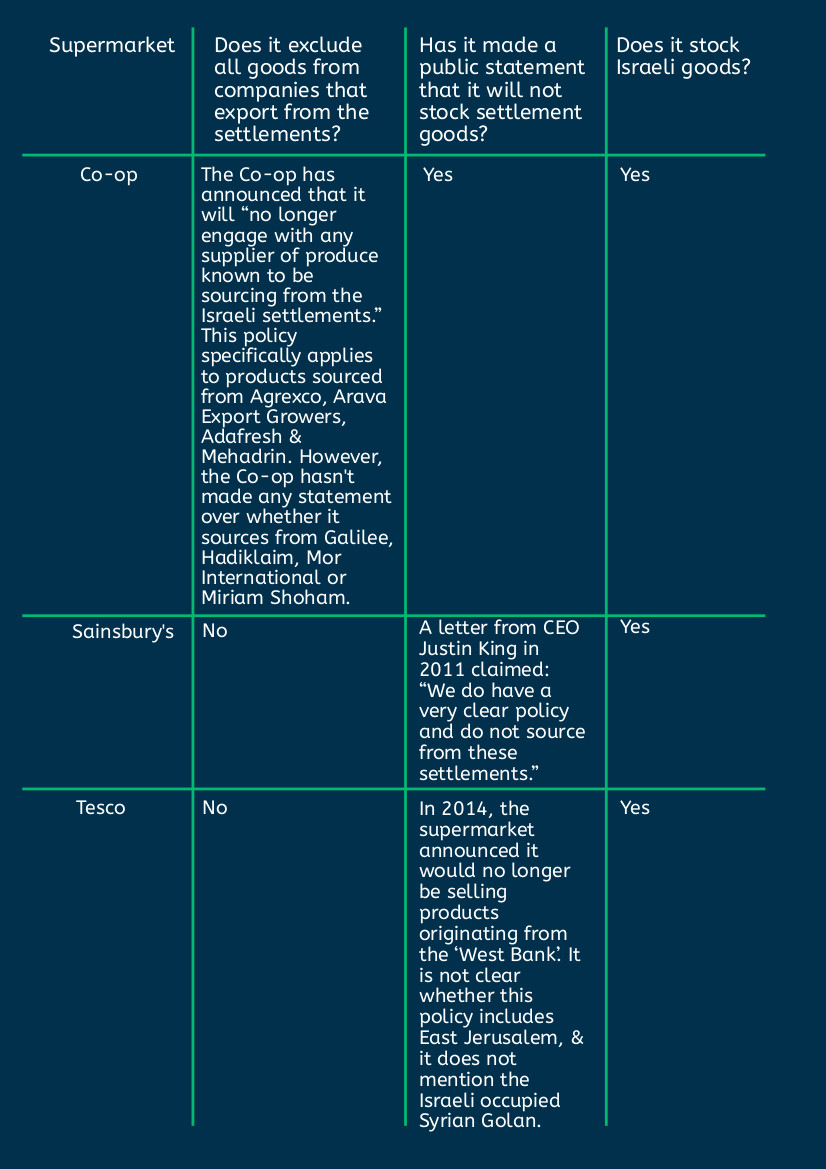The mass mobilisation against September’s G20 Summit in Pittsburgh was met with a characteristically brutal response from US Homeland ‘Security’. In many ways, police repression of UK protests pales in comparison to American political policing, with activists being routinely arrested under various terrorism-related charges and local and federal law enforcement agencies rolling out military style operations, complete with temporary detention facilities and costing hundreds of thousands of dollars each. The Pittsburgh police, however, may well have distinguished themselves as hitting a new low in the erosion of US civil liberty. Alongside US police staples such as rubber bullets, tear gas and ‘flash bang’ stun grenades, the Pittsburgh authorities unleashed an acoustic weapon, one of a new generation of ‘non-lethal’ military devices, used not only to disperse and intimidate protesters, but to gain control over their behaviour. September’s mobilisation saw the first deployment of a LRAD against an American political protest. LRAD stands for Long Range Acoustic Device, a ‘non-lethal’ weapon developed in the early 2000’s as a communications aid for military use, allowing soldiers to communicate over long distances with either combatants or civilians. Other proposed uses include the protection of wildlife, although this is presumably not the application that has made approximately $15.5million for the manufacturers, the American Technology Corporation, in the 2009 fiscal year alone. Reports estimate that over $100,000 was spent by Pennsylvania police purchasing the two LRAD’s currently in its possession. Holding 320 patents, the American Technology Corporation specializes in ‘acoustic technology’, including six versions of the LRAD and the Sound Saber, both of which are marketed as being able to communicate more clearly, directly and easily with a selected target. The reality surrounding the use of LRAD’s is, of course, a little more sinister. The major mainstream concerns surrounding their use is the potential for permanent damage to hearing. The American Tinnitus Organisation has reported that sound levels of over 140 decibels were used at the Pittsburgh protests. Comparing this to the sounds experienced by the military from smaller explosive devices, it called it an ‘acoustic assault’. Exposure to any loud sound causes the inner ear to vibrate rapidly and, aside from the long- or short-term effects it may have on hearing, this affects balance. Individuals targeted by acoustic weapons may, therefore, experience dizziness and disorientation and, more worryingly, serious physiological complications can arise if the sound is so loud that it begins to vibrate other internal organs. LRAD’s such as the ones used in Pittsburgh come with three settings: green, orange and red, indicating the volume of the sound emitted. Although Pittsburgh police insisted that the weapon was never deployed outside of the green volume band during the protest, reports from protesters and journalists differ greatly from this statement. Video footage from the mobilisation (see below) clearly shows protesters in states of discomfort, moving away from repeated bleeping noises with fingers in their ears. Footage and reports of the blaring of random sound after and between police messages to the protesters certainly proves the nature of the LRAD as an acoustic weapon, contrary to police claims that its use was not intended to be punitive. The LRAD used at the demonstration was mounted atop a Ballistic Engineered Armoured Response and Rescue truck (BEAR), which is produced by Lenco, an American company specialising in comprehensively armoured vehicles. Lenco, a privately owned American corporation set up in 1981, claims to sell its products to 30 countries, as well as a long list of US military and law enforcement divisions. The BEAR, originally a military spec vehicle, now also being sold to American SWAT and police forces, is designed to protect soldiers and itself in full blown combat situations. Warbling around the streets of Pittsburgh, blasting sound at relatively small groups of unarmed protesters, it is certainly a threatening presence, perhaps an effective ‘non-lethal’ weapon in itself. Of course, both Pittsburgh police and the LRAD’s manufacturers are keen to point out that acoustic weapons (despite their name) are not intended to inflict harm upon any ‘target’. Raymond DeMichieie, Deputy Director of Pittsburgh’s Emergency Management and Homeland Security, was quoted in the Washington Times insisting that “it is designed to get people to do what police want. It makes them uncomfortable but does not hurt them.” The American Technology Corporation’s statement that the LRAD is designed to ‘influence behaviour’ with unparalleled ‘reliability, affordability and effectiveness’ is a characteristic example of the open pride with which companies market ‘non-lethal’, as opposed to lethal, weapons.
Even a superficial scrutiny of corporate websites marketing ‘non-lethal’ weapons reveals a style of advertising and use of language that is markedly different from that of lethal arms manufacturers: ambiguous, euphemistic uses of notorious industry terms such as ‘solution’ and ‘application’ are replaced with quite detailed descriptions of available products and their uses. Corporate influence on modern warfare is well documented, and corporate collusion with both state police and private security services to hinder anti-corporate protest is certainly on the increase. If this trend expands into corporate control over the nature of equipment used to control the public, companies such as the American Technology Corporation are effectively creating a framework in which it is not only acceptable, but laudable, for a government to intentionally harm its own population so long as it is not killing them. Much like lethal weapons manufactured for the armed services, ‘non-lethal’ weaponry has become a massively and increasingly profitable venture for weapons technology companies. The American Technology Corporation has achieved record profits two years running off the back of huge orders for military and civilian use LRAD’s, projecting even greater earnings for the fiscal year 2010. Alongside the obvious threat to physical and even mental health from the use of ‘non-lethal’ weapons, their increased deployment in situations of ‘civil unrest’ is in itself a clear symptom of the direction the relationship between the state and its population is taking. No ‘non-lethal’ weapon is designed exclusively for ‘civilian use’; they are military grade pieces of equipment that become assimilated into police and private security arsenals amidst calls for increased public security and harsher counter-terrorism measures.
In the context of US policy, it is difficult to miss the irony that a staunchly pro-Israel government is now turning ‘non-lethal’ weapons tested for years on Palestinian protesters against its own people. Much anti-militarist protest in the UK and Europe focuses on snowballing warfare, arms profiteering and glorification of the military, as signs and ramifications of an increasingly militarised society. Often overlooked is the growing influence of the military on civil social relations themselves, the increased use of its tactics and equipment, fostering a situation where militarism is not so much a problem that exists above and beyond society, but a force that is becoming a part of it and shaping the very mechanics by which that society interacts with the state that creates it. It should be no surprise that the corporate producers of these weapons, who originally developed them for use against soldiers and civilians in war zones, should do anything other than rejoice at this fresh market for their wares.
* Here are a couple of video links to footage taken at the Pittsburgh mobilisation showing the LRAD and BEAR truck in action. Note the use of the term ‘less lethal munitions’ by the voice threatening the assembled demonstrators.
www.youtube.com/watch?v=DAwmX5O-FAE&feature=related
and
www.youtube.com/watch?v=eXElVCAqhyA
Orignal article at http://www.corporatewatch.org.uk/?lid=3443
Uncategorised
Apartheid in the Fields: From Occupied Palestine to UK Supermarkets (2020 Update), Endnotes
Here are the references for our 2020 update to Apartheid in the Fields P3. Introduction https://mondoweiss.net/2019/11/un-publishes-database-ofcompanies-profiting-off-human-rights-abuses-not-on-israel-but-myanmar/ P4. The ongoing ethnic cleansing of the Jordan Valley https://btselem.org/jordan_valley See, for example, https://corporateoccupation.org/2010/08/11/the-jordan-valley-meeting-point-the-jewish-national-funds-racist-alternative-reality/ https://m.btselem.org/jordan_valley http://jordanvalleysolidarity.org/reports/al-jazeera-how-israel-engages-in-water-apartheid/ http://jordanvalleysolidarity.org/reports/al-jazeera-how-israel-engages-in-water-apartheid/ http://jordanvalleysolidarity.org/news/tractors-and-water-tanks-confiscated-in-al-maleh/ http://jordanvalleysolidarity.org/wp-content/uploads/2008/03/jv%20map%20tony.jpg Read more…



1 Comment
Steven Major · 30th March 2010 at 5:11 pm
Hey, you have a great blog here! I’m definitely going to bookmark you! Thank you for your info. And this is **Tinnitus** blog. It pretty much covers Tinnitus related stuff.